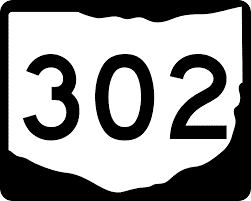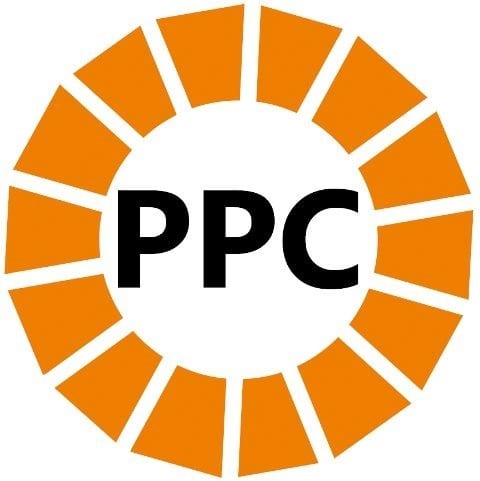Troubleshooting 101: Addressing HTTP 302 Redirects for Your Website



URL forwarding or URL redirection is an industry standard through which a single web page is reachable via more than one URL address. To redirect web pages, webmasters select two HTTP status codes: an HTTP 301 or an HTTP 302 redirect.
An HTTP 302 redirect is a type of temporary redirect. It redirects search engines and users from a specific web page for a short period, after which, it gets deleted. To use a 302 redirect, you can use JavaScript or add the relevant meta tag. This makes it easier than the 301 redirects in which you are forced to access files on the server.
Many webmasters prefer 302 redirects over 301. There are some who use it as a solution to address the ageing delay that is caused by Google.
When to Use an HTTP 302 Redirect?
You can achieve the same results from HTTP 302 as you get from the HTTP 301 code, all you have to do is, employ the right approach. So, when is the right time to use a 302?
The objective of a 302 redirect is to inform the temporary movement of a web page. This temporary movement is needed in the following scenarios.
- When you have to perform A/B testing of a web page to test a design or functionality.
- When you have to update a page while simultaneously maintaining consistent user experience.
- When you want to receive feedback from clients for a new page without affecting the ranking of your website.
Thus, it can be concluded that webmasters use 302 redirects to either collect feedback or test website performance.
While making temporary modifications for a web page, if you directly edit that page’s content, the new changes can lower down your rankings – a common SEO mistake that many inexperienced webmasters are guilty of.
Therefore, rather than ‘dramatically’ modifying your content, make use of the HTTP 302 redirect. However, keep in mind that if Google fails to understand your 302 redirects and instead forms an opinion that you are planning for a permanent redirect, you cannot rank the old page and you have to begin your SEO from scratch with the new page. Sometimes, you can eliminate this issue by deleting the redirect altogether. Still, some residual impact may or may not remain. Therefore, to resolve this issue, you can perform the following steps.
- Refrain from adding any linking to the temporary page that comes from the main page; you can instead redirect it.
- Prefer an HTTP 302 redirect over an HTTP 301 redirect.
- Use a ‘rel=canonical tag’ that relates the temporary web page to the main page.
If you have a business in the UK, and you need a reliable SEO agency in the UK, you can contact us so we can fully strengthen your SEO strategy.






